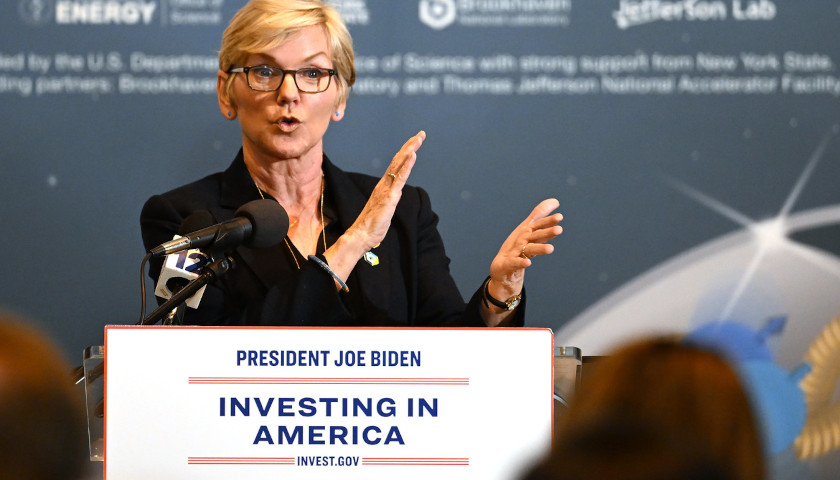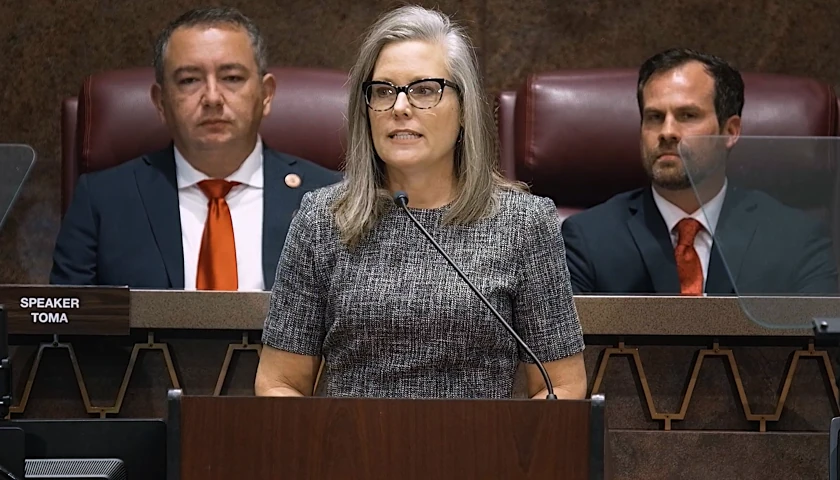by Anthony Hennen
Job quit rates have been up since the pandemic, but Pennsylvania lags behind the national average. While that may look like stability and satisfaction with one’s job, it’s a sign of a lack of opportunity for workers in the commonwealth.
An analysis by WalletHub found that Pennsylvania had one of the lowest quit rates in the nation – it ranked 47th. In the last month, Pennsylvania’s resignation rate was 2.1%, with an average rate of 2.24% in the last year.
The highest rates were in states like Florida (4.3%), Arizona (4.2%) and Alaska (3.9%). Generally, states in the South and West that have been growing economically had high quit rates. Low-growth states like Massachusetts and New York had some of the lowest quit rates, lagging behind Pennsylvania.
The quit rates are a sign of a dynamic economy.
“Whenever openings are higher, quits are higher,” Jason Furman of the Peterson Institute for International Economics wrote. Workers have the confidence that they can find a better job that suits their needs. The low quit rate in Pennsylvania is a sign that, unlike Florida, North Carolina, or Idaho, job openings are more scarce.
Finding a new job isn’t only about money. A Pew Research Center survey of workers found that high quit rates were driven by low pay, a lack of opportunity to advance, and feeling disrespected at work. Child-care issues and a lack of flexibility were also pushing workers to find a new job.
“Like turnover at any other time, higher-than-normal quit rates would hurt company performance and the larger economy,” Jia Hu, a professor at Ohio State University’s Fisher College of Business, told WalletHub. “But it may also provide opportunities for people to search for better jobs that fit their values and expectations.”
The health of the national economy has also influenced quit rates. The effects of inflation means that workers’ real wages have fallen, and they adjust accordingly.
“Firms are heavily competing for scarce workers. At the same time, we have seen inflation reach its highest rates in four decades,” said John Winters, an economics professor at Iowa State University. “Individual firms and industries respond to this differently. Some can raise wages to keep up with inflation but many are not. Workers will naturally shift toward those offering higher wages and leave those where real wages (wages adjusted for inflation) are falling.”
Though Pennsylvania has lagged behind other states, it may be a good time for unsatisfied workers in the commonwealth to check their local classifieds.
– – –
Anthony Hennen is a reporter for The Center Square. Previously, he worked for Philadelphia Weekly and the James G. Martin Center for Academic Renewal. He is managing editor of Expatalachians, a journalism project focused on the Appalachian region.








